|
This week I encountered two instances of name confusion. One was Goats beard and the other Loosestrife. I was reminded to pay attention to botanical names because common names can be misleading. That would be the case in both these instances. And the consequences of confusing an invasive for a native plant can be dramatic. Goatsbeard - On the golf course this week near Hayward, Wisconsin I noticed a plant in the rough. I'm very familiar with what grows in the rough because I'm a frequent visitor. I took a few pictures and later researched the plant and identified it as Yellow goat's beard (Tragopogon dubius). This plant was introduced in the 1900's from Eurasia and likes disturbed ground but is not considered aggressive. And it looks nothing like our native Goatsbeard (Aruncus dioicus) that is an attractive perennial plant suitable as a landscape plant. For more on these two plants, go to the University of Wisconsin Horticulture website. Yellow goat's beard (Tragopogon dubius) Goatsbeard (Aruncus dioicus) Left: Yellow goat's beard (photo Sue Reinardy), right: Goatsbeard (photo from UW Extension website) Loosestrife - Whenever I read or hear Loosestrife I think "INVASIVE"! But learned differently when I came across a Facebook post with a picture of a plant that I have in my garden that I was having a hard time identifying. It was identified by reliable sources as Fringed Yellow Loosestrife (Lysmachia ciliata). The landscape plan that I inherited with the house identified this plant as 'Husker Red' which is a Penstemon - not at all the plant I was finding in the garden. There is a host of conflicting information in researching the Fringed Yellow Loosestrife. Some sources indicate that it is not related at all to the invasive Purple Loosestrife (Lythrum salicaria). The botanical name confirms that. There is an aggressive Garden Yellow Loosestrife (Lysimachia vulgaris) that is restricted in Wisconsin according to the DNR invasive species website. No such limits on the Fringed Yellow Loosestrife which is a North America native. It is fairly aggressive in my garden but easy to control. (For more information on these plants go to the websites below. Fringed Yellow Loosestrife (Lysmachia ciliata) (wildflower.org) Purple Loosestrife (Lythrum salicaria) (UW Horticulture) Garden Yellow Loosestrife (Lysimachia vulgaris) (DNR) It took a bit of research to confirm the identification of these plants. As you can see they look different and the effect they can have on our landscape is important to understand to avoid invasive plants and support natives.
0 Comments
Leave a Reply. |
|
| North Country MGV | gARDEN bLOGS |
Location |
|
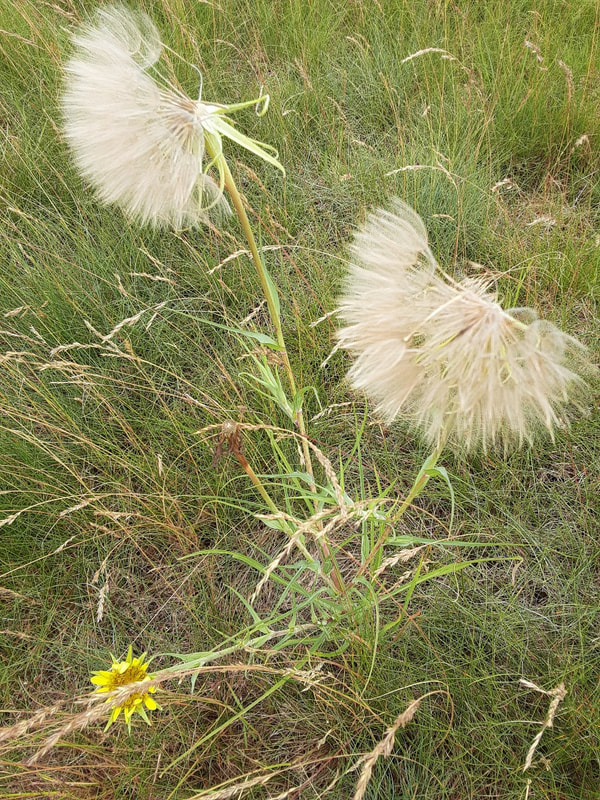
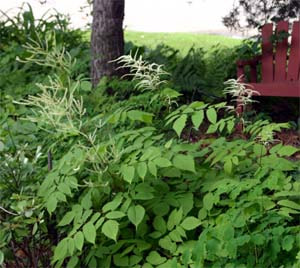
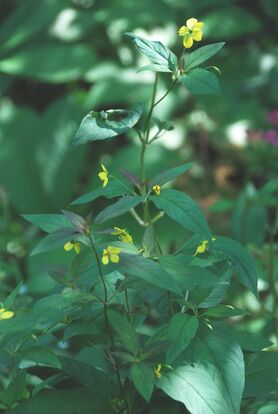
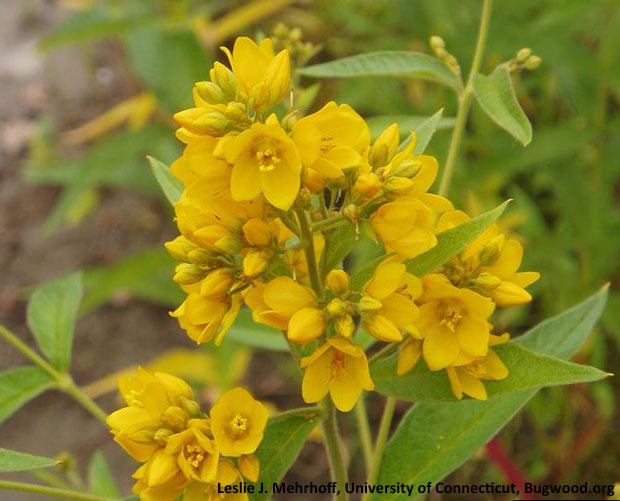
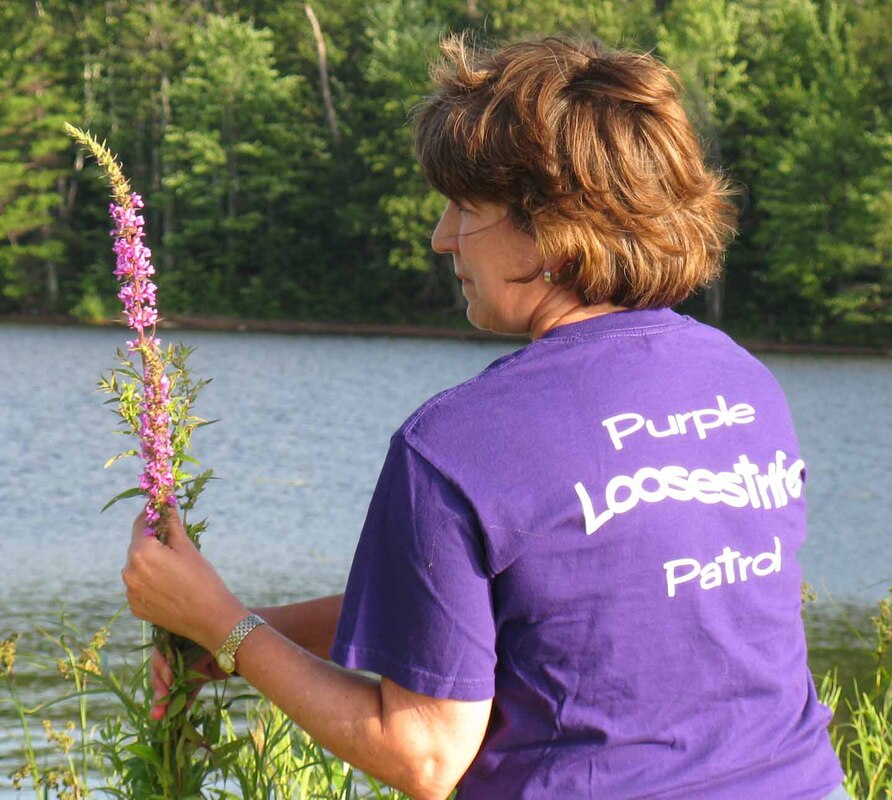
 RSS Feed
RSS Feed